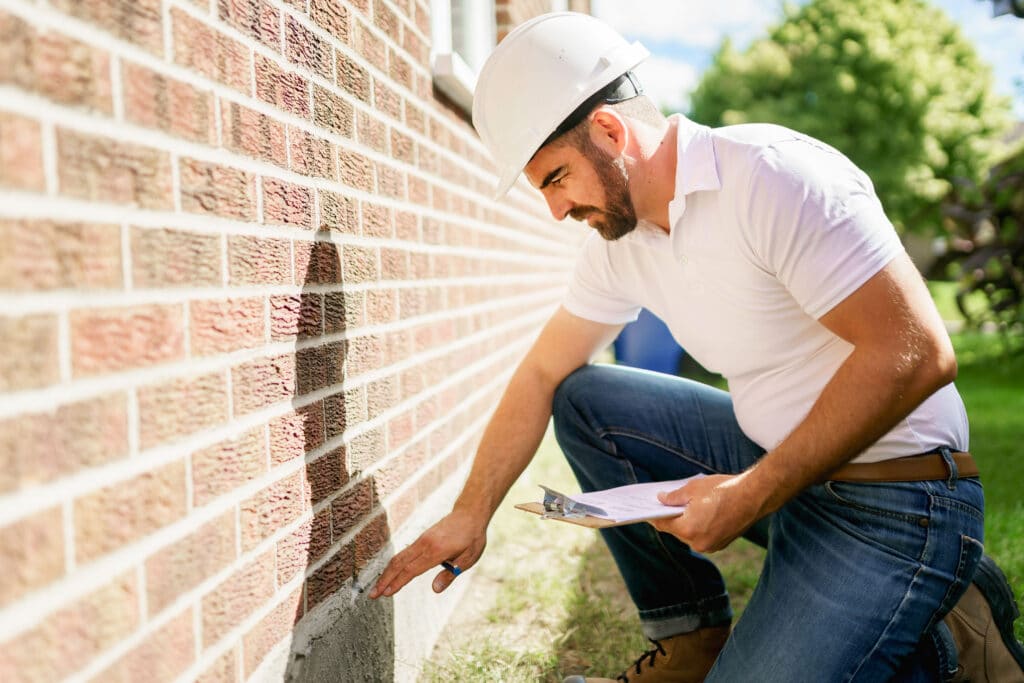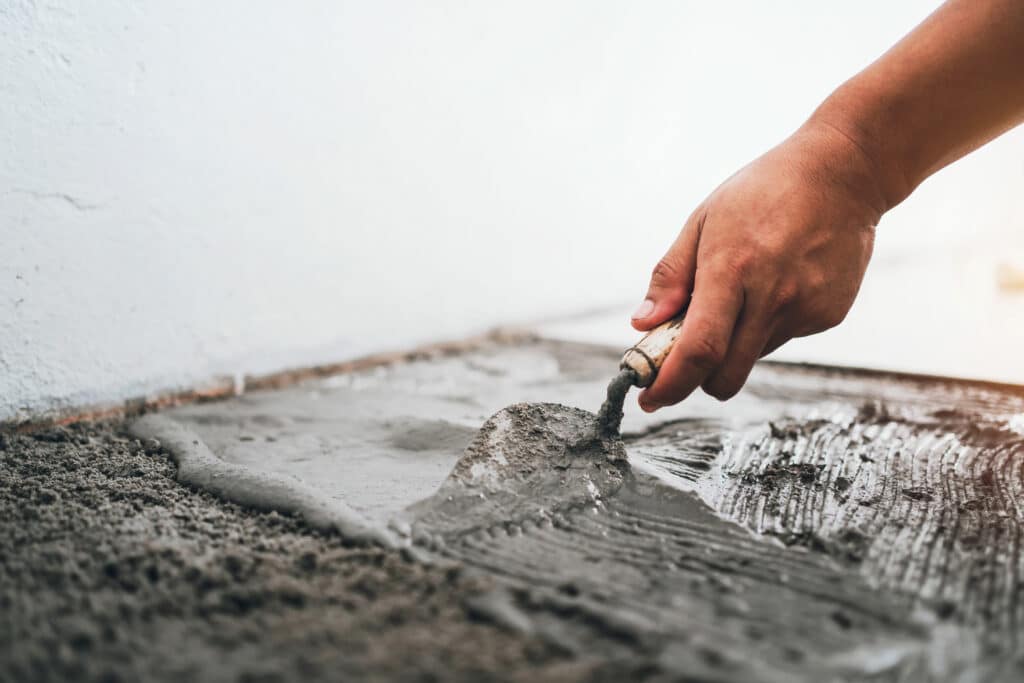Common Causes of Foundation Problems in Tampa
Some common reasons why Tampa homeowners face foundation issues include:
- Soil composition: Soil with large sand or clay concentrations is highly expansive. In the heavy rainfall Tampa gets, the soil absorbs moisture like a sponge, then releases it in dry seasons. The constant expansion and contraction presses against nearby foundations, even if the foundations keep dry.
- Standing water: Water accumulation around your home can be a menace to your foundation's integrity, especially when it gathers in areas your drainage system doesn't protect.
- Improper modifications: Roofing or landscaping work that wasn't done to standard could lead to your foundation settling.
- Tree Roots: Tree roots can intrude into a home's foundation through crevices, and may apply force that causes your foundation breaking, pipes rupturing, and overall structural destabilization.
How to Choose the Best Foundation Repair Company
Choosing a foundation provider doesn't have to be difficult. We encourage you to write down what you expect most in a company, then evaluate each contractor on your list against these qualities.
Licensing and Experience
Florida's contractor licensing system is rather unique. The state's Department of Business and Professional Regulation issues "certified" contractor licenses in building, general contracting, and residential construction that foundation companies must earn. There are also "registered" licenses issued at a local level. Talk to representatives to gain more insight into a company's experience. You should ask about local permit ordinances, inspection processes and building codes.
Another way to evaluate a company's reputation is to examine its website. There, you can learn how long it's been in business and its trade qualifications. It might also share knowledge and insights through blog posts, podcasts, or videos.
Customer Reviews
Before signing a contract with a company, examine its online profile with the Better Business Bureau (BBB). You can examine both positive reviews and complaints. Remember that complaints don't necessarily mean a contractor is unqualified. BBB comments also show how companies resolve complaints. A proactive team that strives for positive outcomes is a good one. Avoid a business if you don't see clear communication about problems.
Foundation Repair Cost in Tampa
The cost of foundation repair can range quite widely based on the scale of the problems and what needs to be done to fix them. For minor foundation fracturing and settling problems, you may pay as little as $1,800. However, if there is considerable deterioration, the average cost will be around $2,200. More intricate jobs involving tunneling, helical piers, or major concrete leveling could run you $6,600. See below the average foundation repair costs for common issues.
| Common Foundation Repair Services | Average Cost |
|---|---|
| Crack Repair | $278 |
| Leak Repair | $2,113 |
| Stabilization | $3,576 |
| Underpinning | $1,069 |
| Waterproofing | $2,322 |
Ready to Get a Quote on Your Foundation Repair Project?
Please enter a valid 5-digit zip code!
Frequently Asked Questions About Foundation Repair in Tampa
How much does foundation repair cost in Tampa?
What's the most popular foundation type in Tampa?
What are some signs I need foundation waterproofing?
Note that there are two kinds of waterproofing. Interior waterproofing involves installing drains and sump pumps or using sealants around a basement. Outdoor waterproofing is typically less expensive. It involves installing exterior drains and creating physical barriers between your foundation and lawn.
Do Tampa foundation repair companies offer warranties or guarantees?
To share feedback or ask a question about this article, send a note to our Reviews Team at reviewsteam@thisoldhousereviews.com.
More Foundation Resources
National Foundation Repair Ranking Methodology
Sources
U.S. Census Bureau (American Communities Survey)















